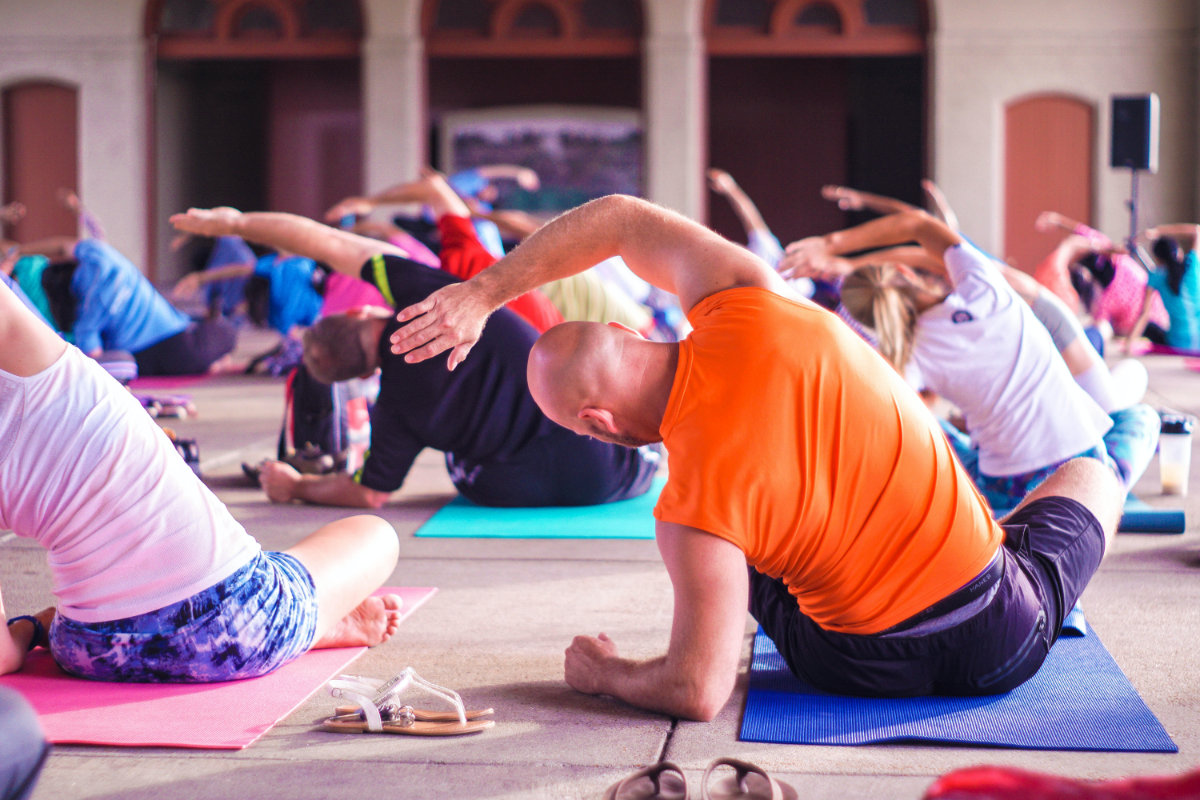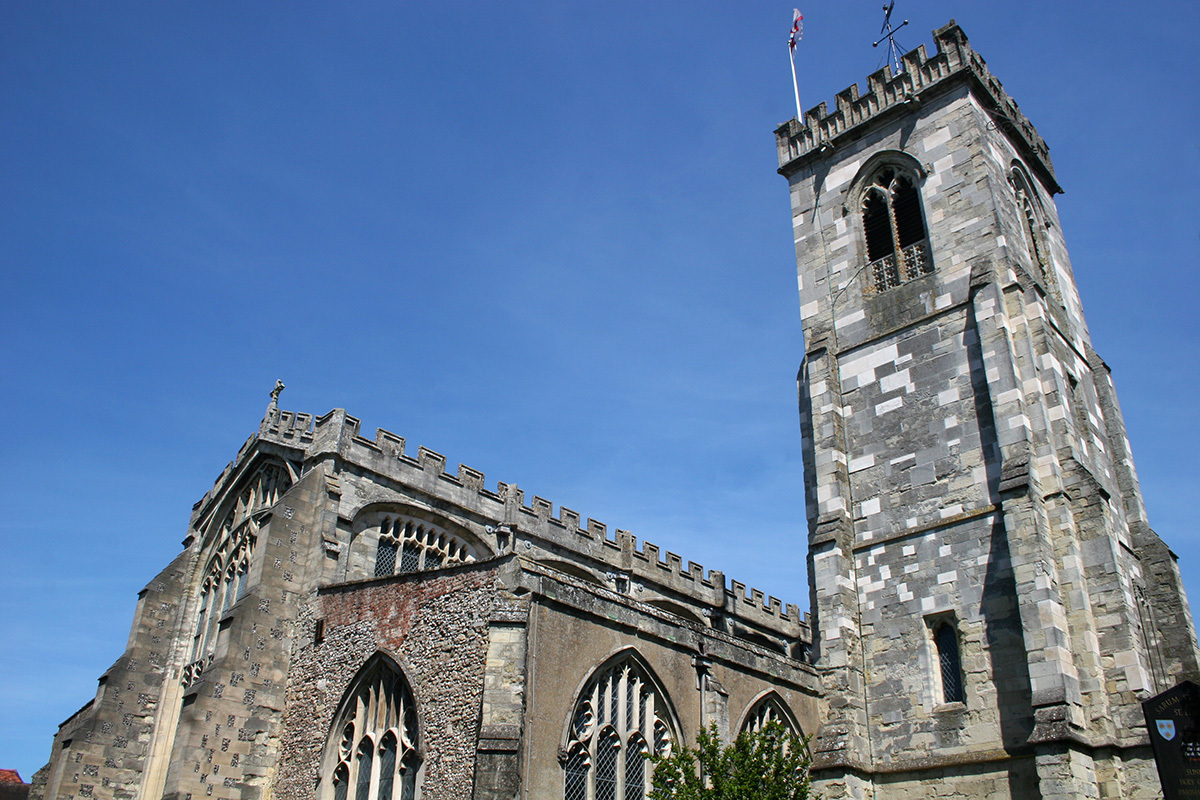
Yoga
What is Yoga?
Originating in India more than 5,000 years ago, yoga is a Hindu system of philosophy that harmonises the body, mind and spirit to promote health and inner peace.
More than just trying to stand on your head or contort your limbs, yoga involves gentle activities designed to maintain fitness, suppleness and muscle tone as well as optimising the body’s own healing powers. Breathing is an important part and this, together with meditation and visualisation (imagining a scene) exercises, is thought to help to:
- energise the body and mind
- reduce stress
- improve concentration and clarity.
There are a number of different types of yoga including Hatha yoga, Karma yoga, Jnana yoga, Bhakti yoga, and Raja yoga. In the West, Hatha yoga is the most widely taught, combining asanas (physical exercises and postures), pranayama (breathing techniques) and dhyana (meditation). Hatha yoga is believed to provide a balanced and wholesome approach to achieving perfect physical and mental health, happiness and tranquility.
Did you know?
‘Yoga’ is a Sanskrit word (one of the world’s most ancient languages) and has many meanings, but is literally ‘the union between mind, body and soul’.
The form of yoga most concerned with health - through the mastery of the body - is Hatha yoga.
How can it help people with tremor?
Yoga can be practiced by anyone of any age. It can be practiced when and where you wish, in the comfort of your own home if preferred, but it is advisable to have a few classes with an expert first so as to learn the basic principles and techniques.
Yoga offers a holistic approach to body, mind and spirit, which can provide people with Tremor with ‘tools’ to cope with the challenges of daily life. Yoga can also complement medical science and traditional therapies. As it is thought to help to energise the body and mind, improve concentration and reduce stress it may be very beneficial to those with Tremor as well as their families and carers.
As with all physical therapies, some people with Tremor may find some of the activities challenging, but techniques may be adapted to suit individuals, for example a chair may be used for support instead of lying on a mat – your teacher should be able to advise on this.
What should I expect if I join a class?
Different classes will have a different emphasis – some being more physical, whilst others focus on relaxation, breath work and meditation. It is worth speaking to the teacher about their particular approach before joining a class.
Classes last an hour and a half, on average, working through warm up exercises and Yoga asanas (postures) and ending with a 15 minute period of relaxation.
As yoga is non-competitive you don’t need to worry about what other students can or cannot do, everybody is different. Listen to your body and do what’s comfortable. Yoga is not about twisting the body into strange positions - if there is anything you do not wish to do, you don't have to do it.
You will need to wear clothing that you find easy to move and stretch in. Most yoga is practised on non-slip mats – check with the teacher to find out if they will be provided. If you are unable or prefer not to use a mat, speak with your teacher about alternative techniques to help your individual needs. ant!
Always make sure that your teacher knows that you have Tremor.
Where can I get more information
Your doctor or other healthcare professionals should be able to provide further information
We would like to acknowledge the use of information taken from the European Parkinson’s Disease Association website http://www.epda.eu.com












